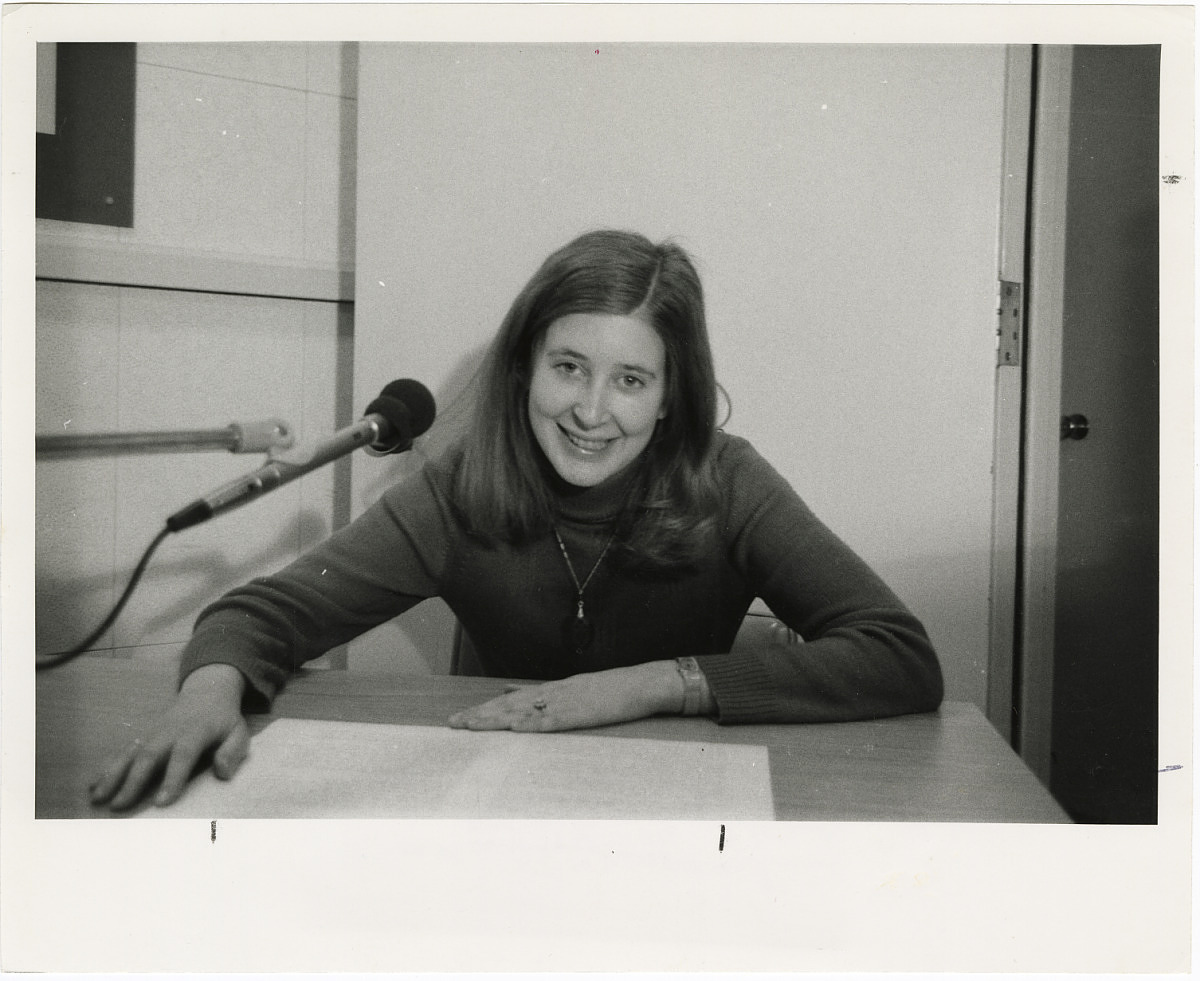Over the last two years, we have shared a lot about The World Is Yours, the Smithsonian’s first educational radio program, but that is certainly not the only radio show in our collections. This National Radio Day, we’re taking a moment to highlight some of the other amazing programs that we are sure you will enjoy.

Adventures in Science was a weekly radio show created by Science Service between 1938 and 1958, with disruptions in programming during World War II and football seasons. Programs featured interviews between Science Service director Watson Davis and an expert scientist in the field of a relevant topic. Some of the interviews included Dr. Thomas M. Rivers, medical director of the National Foundation for Infantile Paralysis, discussing the rollout of the polio vaccine; Dr. Genevieve Stearns, research professor of the School of Medicine at the State University of Iowa, discussing childhood nutrition; and Dr. Leone N. Claman, attending phyisican in charge of allergies at the New York Infirmary, discussing causes and treatments for allergic reactions.
Radio Smithsonian began its weekly half-hour broadcasts in the summer of 1969. The program was played by local radio stations in the metropolitan Washington, D.C., area and educational radio stations around the country and overseas. The intention of the broadcasts was to provide information about the activities of the Smithsonian to the public, and, as a result, the programs covered a wide range of topics. Episode 667, which aired on September 19, 1982, featured the work of artist El Greco, a brief history of fashion, and comments from photographer Berenice Abbott and playwright Lillian Hellman on women in America. Listen to Berenice Abbott discuss why so many artists fled to France after World War I.
[Berenice Abbott] Uh, then you’d hear “well, Paris is the art center.” And indeed it really was and it was a genuine one because the rulers of France from earliest, very earliest times were interested in art and who used it. All the Middle Ages. All the things they built were commissioned. The making of Versailles. All the parks, the fountains, the churches. There was a tremendous thing of a lively activity. The soil was rich to grow. If you have no soil, how can you grow?

Smithsonian Galaxy, a series of two-and-a-half-minute radio features about the work of the Institution's curatorial, scientific, and research staffs, began production in 1978, and was broadcast throughout the United States and overseas. Each edition featured four separate recordings on topics ranging from astronomy to the history of the teddy bear and from entomology to traveling medicine shows. You can listen to Edition 26, which featured African American folk culture, ancient Swedish rock carvings, the photography of Alfred Eisenstaedt, and crime-solving with the FBI, here.
Black Radio: Telling It Like It Was was a 13-part program produced by Radio Smithsonian that told the story of the impact of radio on America’s Black communities through interviews with radio hosts, record executives, and cultural historians. The series was produced by Jacquie Gales Webb and hosted by Lou Rawls, and it won a Peabody Award in 1996. Take a listen to a clip from the episode titled “A Woman’s Touch.”
[music playing]
[Lou Rawls] Black Radio: Telling It Like it Was. A history of radio and the African American culture. I’m Lou Rawls.
[music playing]
[hip hop music playing]
[Lou Rawls] You know, some talented folks work in Black radio. And while African American men have dominated the industry, Black women have been there from the beginning. And they’ve been having their say. Contributing their skills and struggling to survive.
[music playing]
[woman rapping] Take this down as a dictation, we’re a true hip hop radio station from the North to South, East to West y’all. AJ’s bout to rip up the roll call. I made the switch to 106 to play the jams that ya like now I’m flowing in the morning with the Jamma.
[man rapping] Right, right.
[woman rapping] Perkin’ ya up, like a cuppa hot coffee. The competition’s weak, they need to back up off me…
As the Libraries and Archives media digitzation manager, part of my job is to digitize these radio programs and make them available to our researchers. There are more programs like these in our collections waiting to be discovered, and everytime I find one, I fall in love with my job all over again.
Related Resources
- “It's National Radio Day and The World Is Yours” by Kira Sobers and Emily Niekrasz, The Bigger Picture, Smithsonian Institution Archives
Produced by the Smithsonian Institution Archives. For copyright questions, please see the Terms of Use.

Leave a Comment